"Hello, Irwin, it's very nice to see you again. How have things been going since we spoke last week?" "Well, Sir," I responded, "Okay, I guess. But I'm struggling with this dark and rainy weather. I just don't feel like myself." Dharma sat quietly for a few minutes while I served our meal and poured the tea. As I sat down at the table to join him, he spoke, "Tadpole, the frog who turns his face to the sun will have his shadow fall behind him." "Dharma, if you haven't noticed, there isn't any sun for me face. That's the problem!"
My wise teacher smiled and reminded me that he was referring to the sun as a symbol for looking ahead, for remaining positive. "Have you ever noticed, my boy, that it's nearly impossible to feel sad when the sun is shining directly on your face? When you turn your face toward the sunlight, the warmth magically makes everything seem better and the world looks a little brighter." "I know, Dharma. It feels wonderful. The sun makes us all feel better and more positive. But what can I do to feel that same positivity when there isn't any sun, like today?" Dharma, the wise one that he is, thought about this and then gave me the answer I was looking for, a few steps to help us maintain positivity when life appears darkest to us.
In this day and age, it can be difficult to remain positive. The news is filled with far too much negativity. So staying positive each day is an "inside job" that consists of making intentional efforts, especially when we don't feel like it. When we're down and a bit sad, that is when we need to put in extra effort to keep ourselves feeling positive. Dharma reminded of the tired but true advice, "fake it 'till you make it." This can mean "manufacturing" our sunshine until the sun shines again...on its own. Dharma stressed how important it is for each of us to keep our shadow behind us. If we don't, that shadow can swallow us up.
So how to keep positive no matter the circumstances? Wise advice from the wise frog.
1. Make positivity a choice. Life is filled with choices. Some are easy and some are not. Keeping a positive attitude is a choice that everyone can make. It starts by firmly telling ourselves, as often as needed, that we will think more positively.
2. Talk to yourself like a life coach would. Instead of focusing on your complaints, problems, doubts, and fears, focus on telling yourself positive things. Feed your mind with truth and encouragement!
3. Be strict with energy vampires. You know who I mean. All those folks in your life who drain the energy from you with their constant nagging, complaining, and despair. Gandhi once said, "I will not let anyone walk through my mind with their dirty feet." That's a great motto to live by. We can't remove all negativity and negative humans from our lives, but we can limit how much time we spend with them.
4. Live your purpose. Whatever your purpose is, live it fully every day and remember why you do it. Humans don't get burned out because of what they do. They get burned out because they forget why they do it. Put the joy back into doing the important things; caring for your family, your career, spending time with friends, and pursuing your interests.
5. Change your perception of what success and failure look like. Learn to redefine what these words mean to you. Neither word has to mean all or nothing. Both have areas of grey. Failure doesn't have to be crashing and hitting the bottom just as success doesn't have to mean making a million dollars. There's plenty of room in between those points for us to live and grow and thrive.
6. Smile and laugh more. These can be your best sunshine on a dark day.
7. Protect your inner world. No matter how bad things can seem, these low points don't have to define you. You are more than your highs and your lows. Your attitude toward life is your decision. Which will you choose?
8. Be patient. Just as night turns into day, your situation...whatever it is...will change too. Sometimes it can take longer than we like. How many sleepless nights have you spent watching the clock? You think that morning will never come. But it does. In its own time. That is the ebb and flow of life.
Dharma's best advice to me this morning was this, "Always try to keep the sun in your face, even when it's not shining. The sun keeps our shadow, our darker and more negative selves behind us. The idea is to keep moving forward, the best way we can."
Tomorrow is Halloween and that means a scary blog from yours truly. I know you won't want to miss what I have in store for you! And don't forget that tomorrow I'll also be adding the last installment of Scary Halloween facts on my home page. be sure and check them all out. Until tomorrow, I wish you sunshine, positivity, and
PEACE.
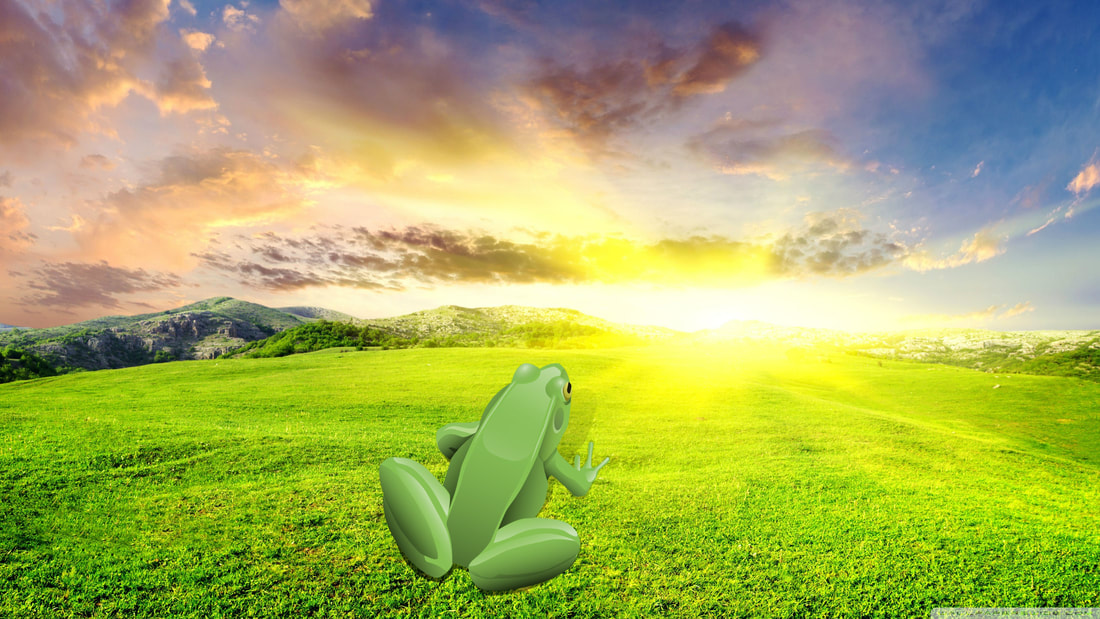
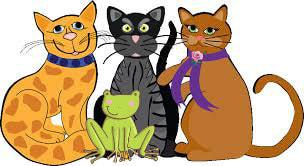

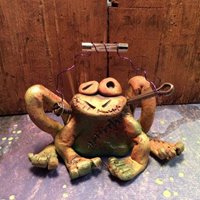
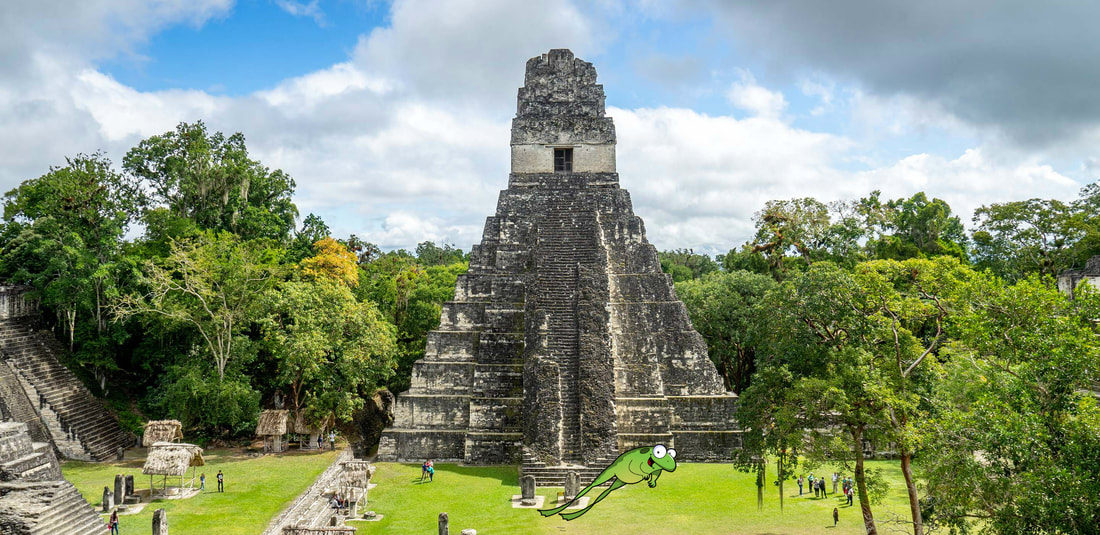
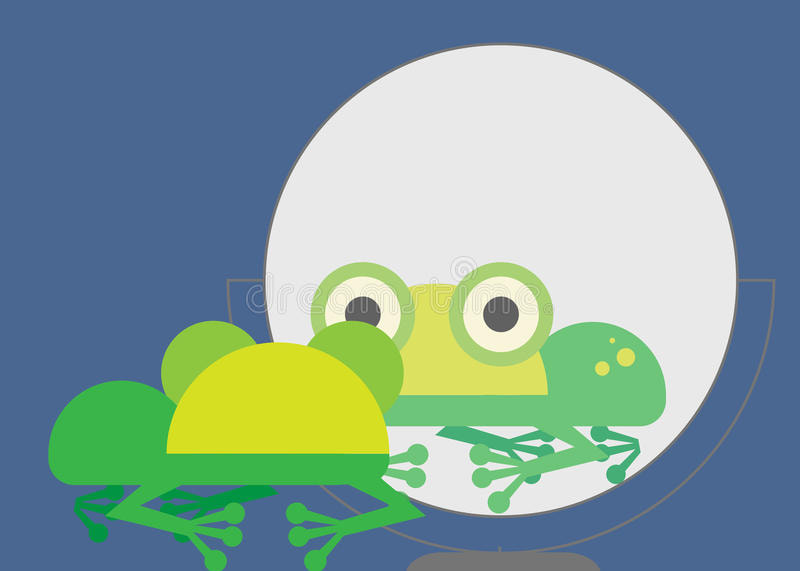
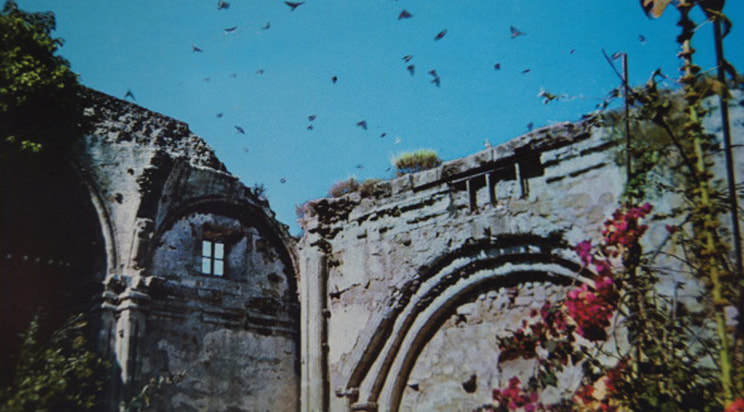
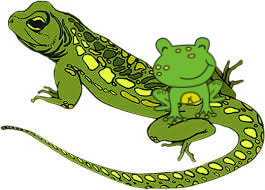
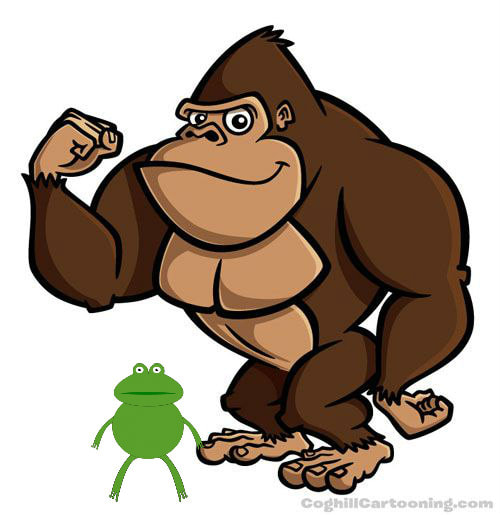
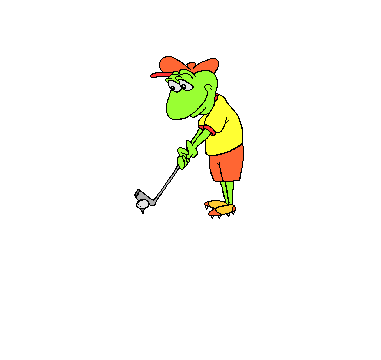
 RSS Feed
RSS Feed